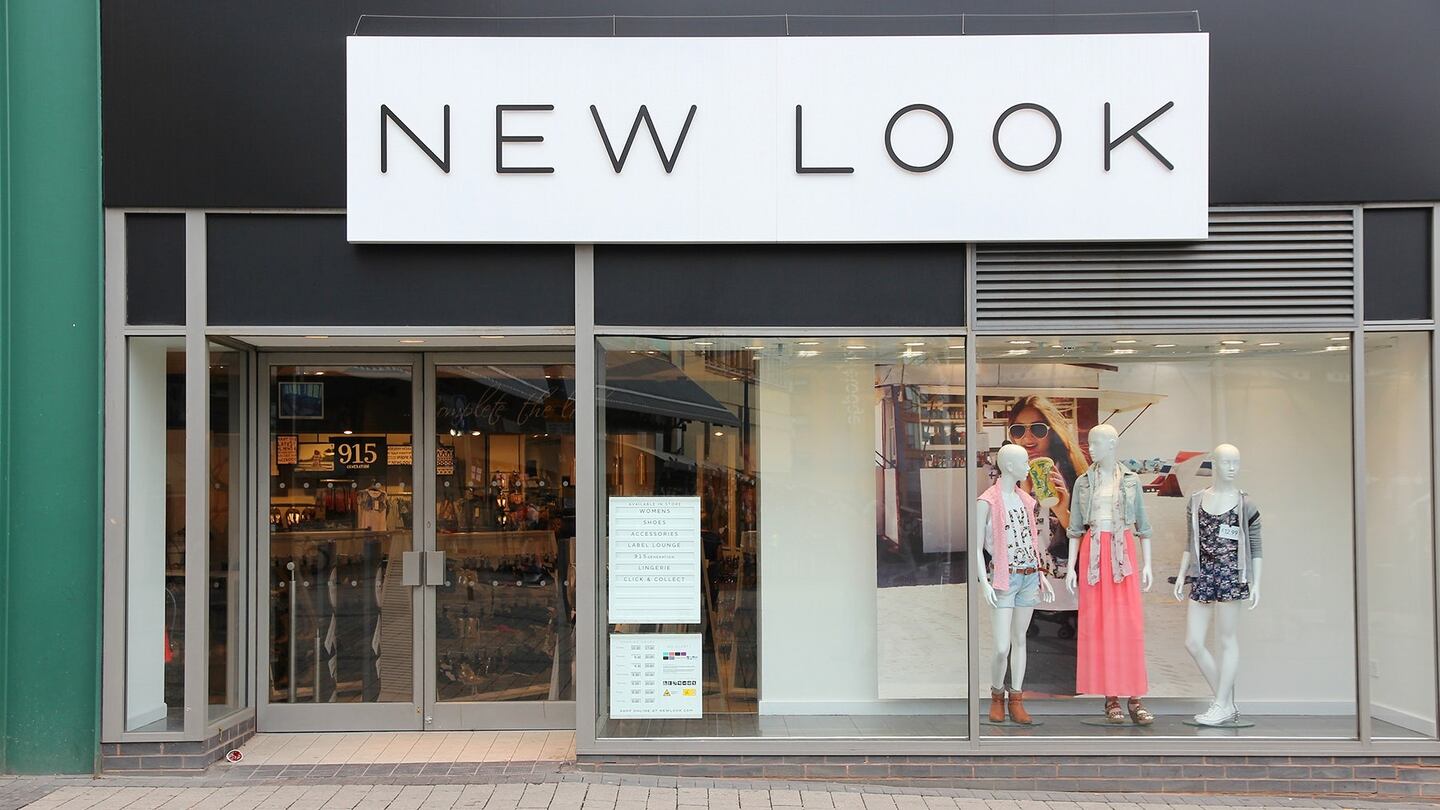
The Business of Fashion
Agenda-setting intelligence, analysis and advice for the global fashion community.

Agenda-setting intelligence, analysis and advice for the global fashion community.

LONDON, United Kingdom — British fashion chain New Look reported a bigger annual pretax loss, hurt by a large charge, while Brexit woes and rainy weather kept shoppers out of its stores.
New Look, owned by South African investment firm Brait, reported statutory loss before tax of £522.2 million ($666.4 million) for the year ended March, compared with a loss of £190.2 million a year earlier.
The loss was mainly driven by a 423.3 million pound non-cash goodwill and brand impairment charge after a restructuring, New Look said.
In January New Look proposed a debt-for-equity swap to reduce its debt by £1 billion, in its latest turnaround attempt. That transaction was expected to complete by June.
ADVERTISEMENT
New Look staved off a potential collapse into administration last year when creditors and landlords backed a plan enabling it to close 60 UK stores.
"We expect the retail environment to remain as challenging as ever in the year ahead, with continued Brexit uncertainty and unseasonable weather impacting current trading," Executive Chairman Alistair McGeorge said in a statement.
British retailers are battling a perfect storm of rising costs, uncertainty in the economy around Brexit and the structural shift online.
Earlier this month, an industry survey said British shoppers cut back on their spending in May by the most in more than 20 years, raising questions about how long consumers can keep on cushioning the economy from the impact of Brexit.
Debenhams and Marks & Spencer have announced store closures, while Philip Green's Topshop-to-Dorothy Perkins fashion empire narrowly avoided falling into administration, as retailers struggle with rising labour costs, business property taxes and growing online competition.
By Tanishaa Nadkar and Noor Zainab Hussain; editor: Gopakumar Warrier.
As the German sportswear giant taps surging demand for its Samba and Gazelle sneakers, it’s also taking steps to spread its bets ahead of peak interest.
A profitable, multi-trillion dollar fashion industry populated with brands that generate minimal economic and environmental waste is within our reach, argues Lawrence Lenihan.
RFID technology has made self-checkout far more efficient than traditional scanning kiosks at retailers like Zara and Uniqlo, but the industry at large hesitates to fully embrace the innovation over concerns of theft and customer engagement.
The company has continued to struggle with growing “at scale” and issued a warning in February that revenue may not start increasing again until the fourth quarter.